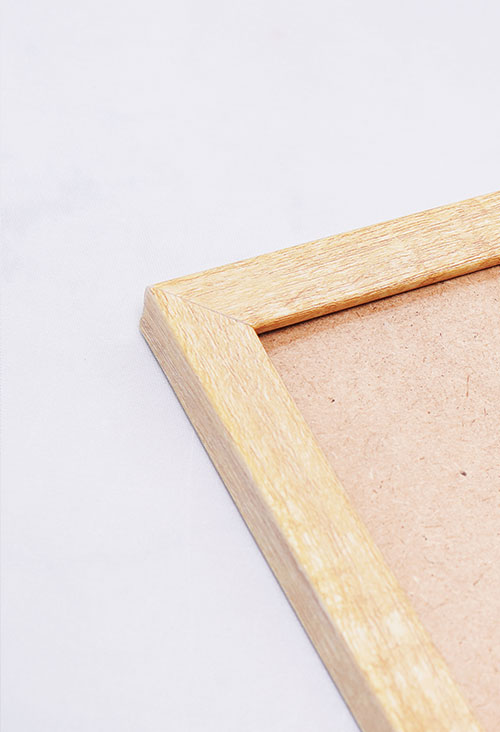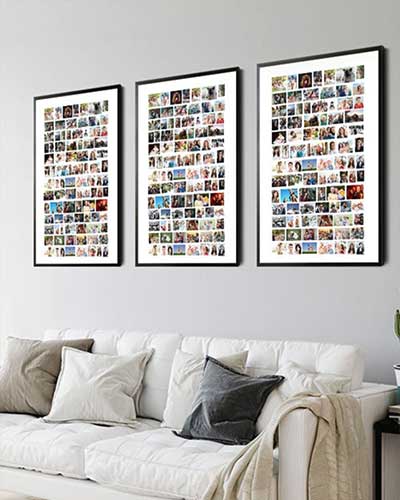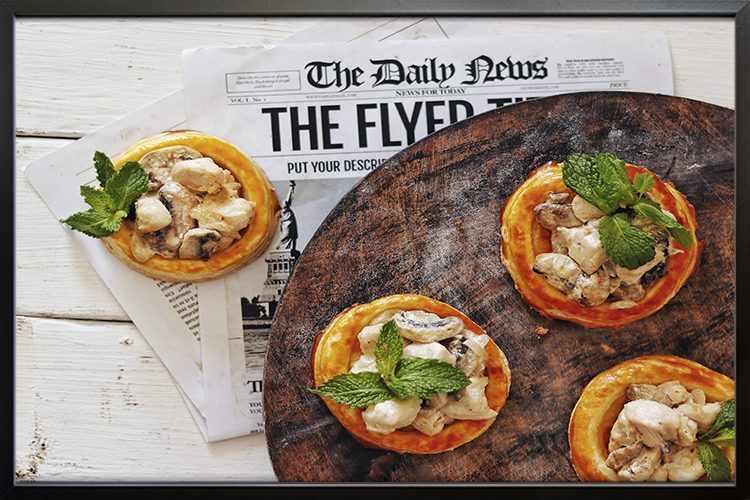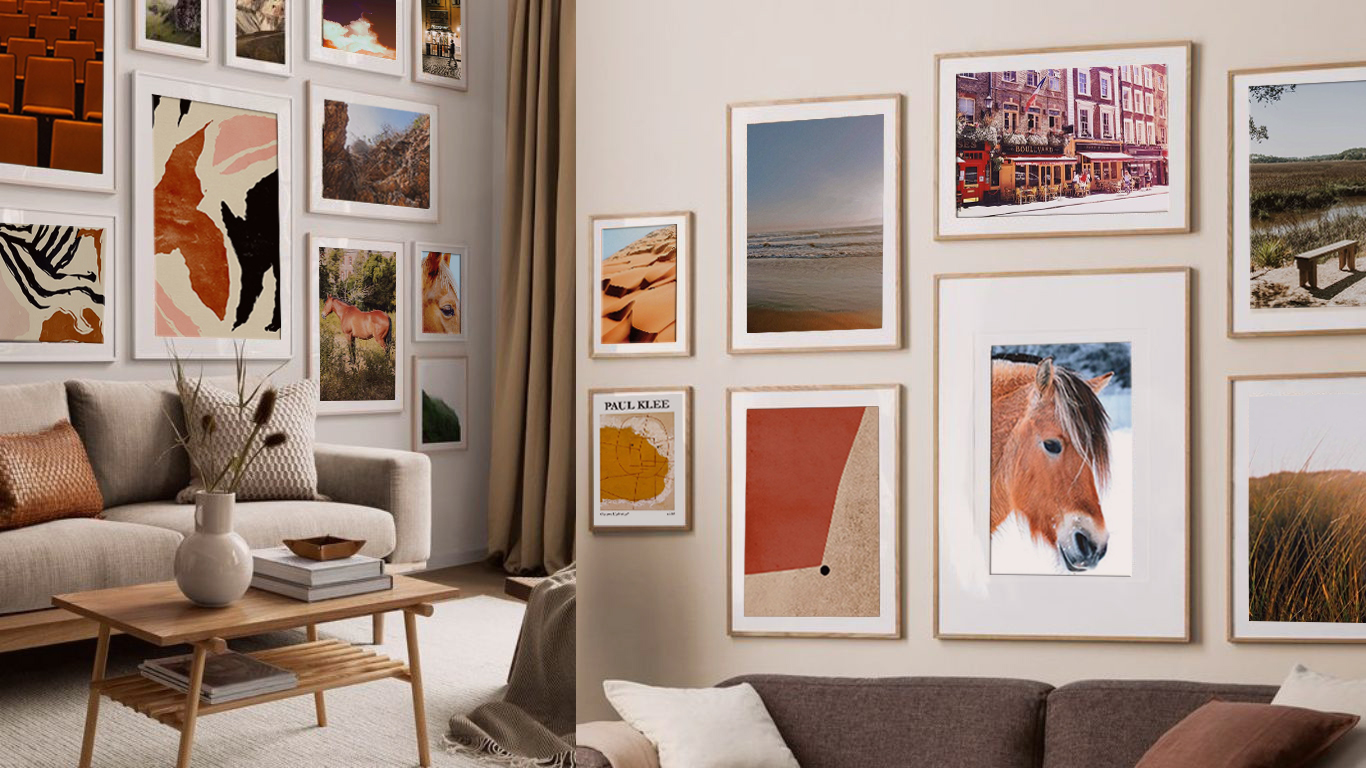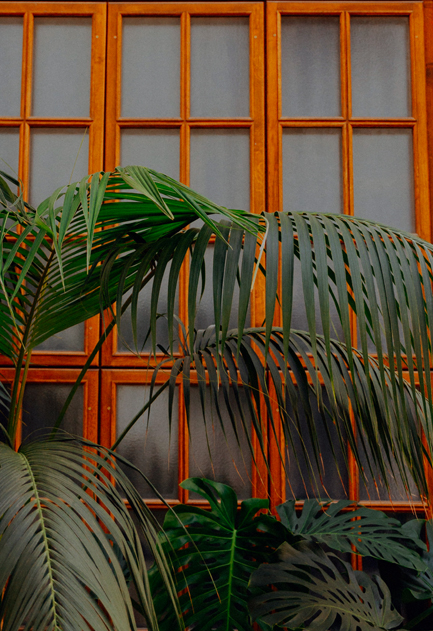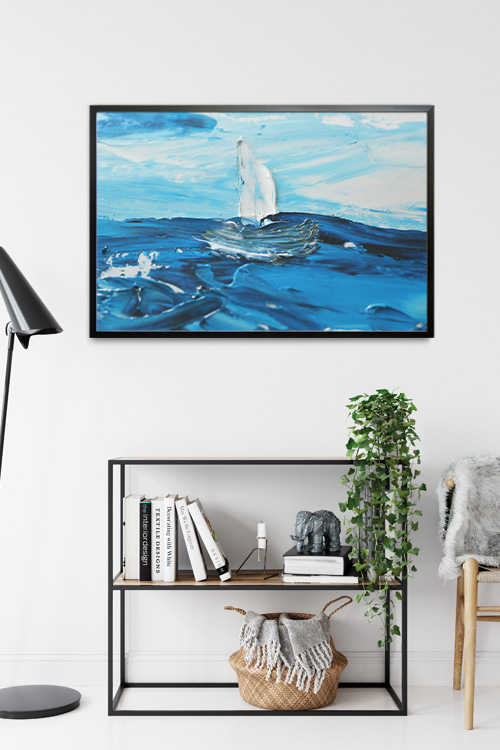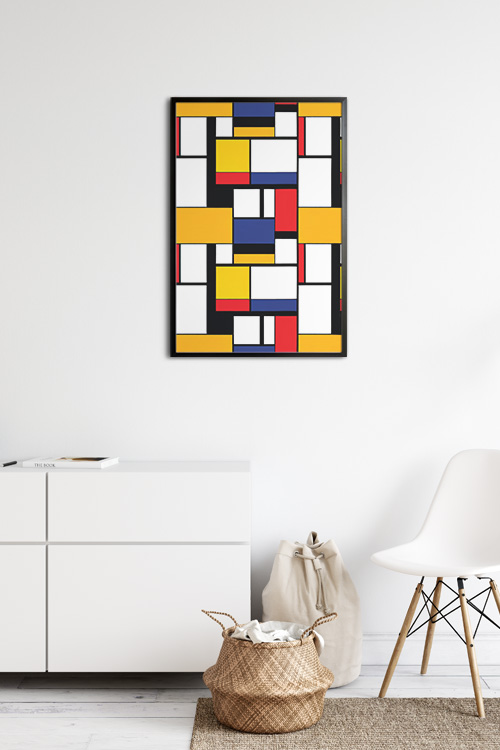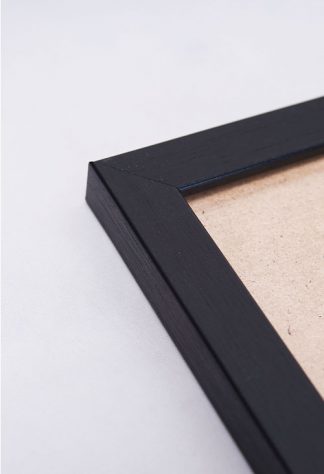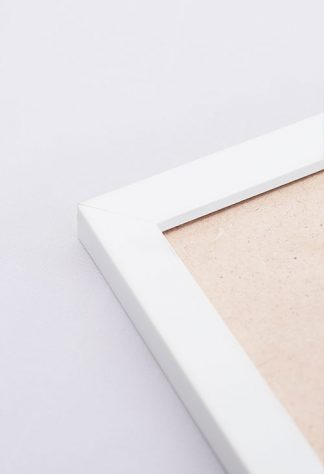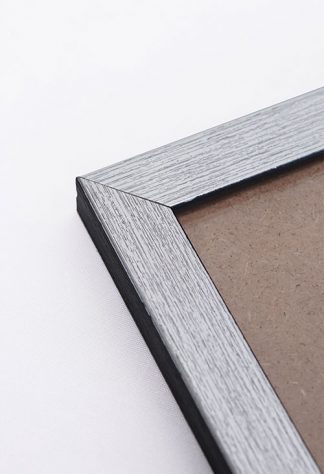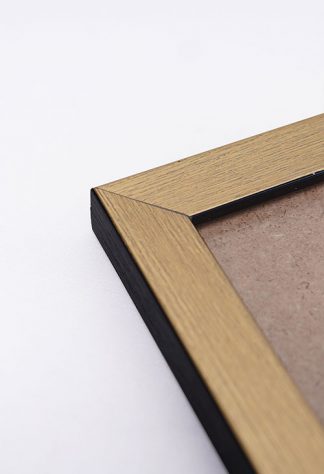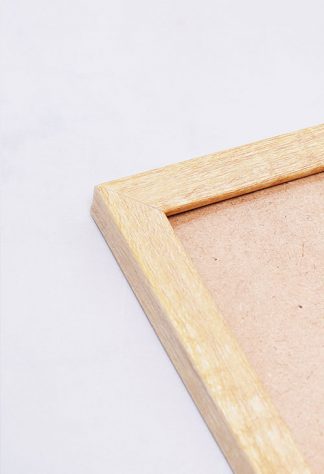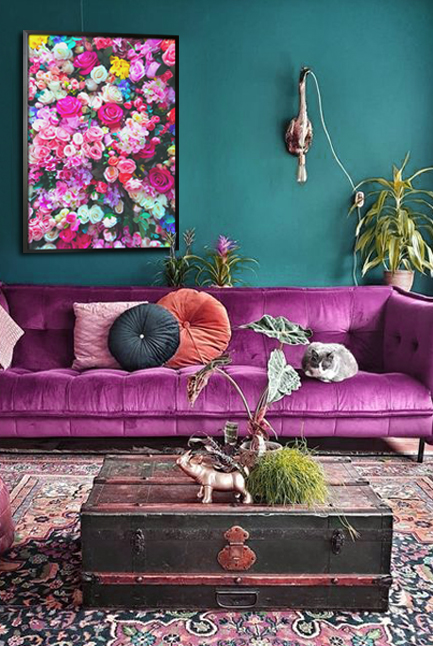
With its tropical climate and rich cultural heritage, the Philippines offers a unique approach to seasonal decorating. While many countries experience four distinct seasons, Filipinos celebrate the changing times of the year based on significant festivities, religious traditions, and local events. Decorating homes, offices, and public spaces according to these celebrations not only brings a sense of joy but also fosters a strong sense of community and cultural pride, as each decoration reflects a shared identity and tradition.
Summer (March-May): Vibrant and Refreshing
Summer in the Philippines is all about sunshine, beaches, and vacations. It’s the perfect time to bring bright and refreshing elements into home decor. Since many families travel to coastal destinations, a beach-inspired theme is a popular choice. Light and breezy curtains, woven rattan furniture, and tropical prints featuring palm leaves and flowers help create a calm and inviting space.
Indoor plants like bamboo, orchids, or anthuriums are also popular summer decorations, adding a touch of nature inside the home. Many households switch to light-colored pillowcases, thin cotton beddings, and breathable fabrics for a fresh, airy ambiance to beat the heat.
Rainy Season (June–October): Cozy and Functional
The rainy season brings cooler temperatures and frequent downpours, making it essential to create a warm and comfortable atmosphere indoors. Filipinos, known for their adaptability, adjust their decor by adding cozy elements such as thick curtains, scented candles, and warm lighting. Since rainy days encourage more indoor activities, family spaces become focal points with comfortable rugs, plush pillows, and inviting seating arrangements, ensuring a sense of comfort and preparedness.
Filipinos use dehumidifiers, scented oils, and moisture-absorbing materials like charcoal or silica gel. to prevent dampness. Earthy tones and deep hues in decorations, such as dark wood furniture and warm accent pieces, help create a snug ambiance.
Christmas Season (September–January): The Longest and Grandest Celebration
The Philippines is famous for having the world’s most extended Christmas season, which begins as early as September and lasts until January. Homes, malls, and streets transform with dazzling Christmas lights, colorful lanterns (parols), and elaborate nativity scenes (belen). The holiday spirit is deeply rooted in Filipino culture, and decorating traditions reflect warmth, faith, and family togetherness.
Traditional Filipino Christmas decor includes handcrafted parols made of capiz shells or colorful paper, symbolizing the Star of Bethlehem. Christmas trees are decorated with ornaments, ribbons, and lights, often personalized to reflect a family’s unique style. Many also display Santa Claus figurines, stockings, and Christmas villages, blending Western influences with Filipino traditions.
Dining tables are adorned with festive centerpieces, as food is crucial in Filipino holiday gatherings. Themed table runners, candles, and fruit baskets add a cozy and inviting touch to the much-awaited Noche Buena feast.
Holy Week and Lenten Season (March–April): Simple and Spiritual
During Lent, many Filipino households adopt a minimalist and solemn atmosphere. Decorations are often toned down, focusing on religious symbols such as crucifixes, statues of saints, and purple-colored drapes representing penitence. Floral arrangements with white or purple flowers are commonly placed near home altars, creating a peaceful space for reflection and prayer.
Fiesta Season (Various Months): Colorful and Festive
Throughout the year, different provinces celebrate their fiestas, each with unique decorating traditions. From the vibrant masks of the MassKara Festival in Bacolod to the elaborate banderitas (colorful flag streamers) during town fiestas, these decorations unite communities to celebrate their patron saints and cultural heritage.
In a Nutshell
Seasonal decorating in the Philippines is deeply tied to its culture, traditions, and celebrations. Filipino homes reflect the spirit of joy and togetherness, whether embracing the bright summer days, finding comfort in the rainy season, or going all out for the Christmas festivities. Through vibrant colors, traditional ornaments, and meaningful decorations, each season becomes an opportunity to celebrate the warmth and hospitality that define Filipino culture.


